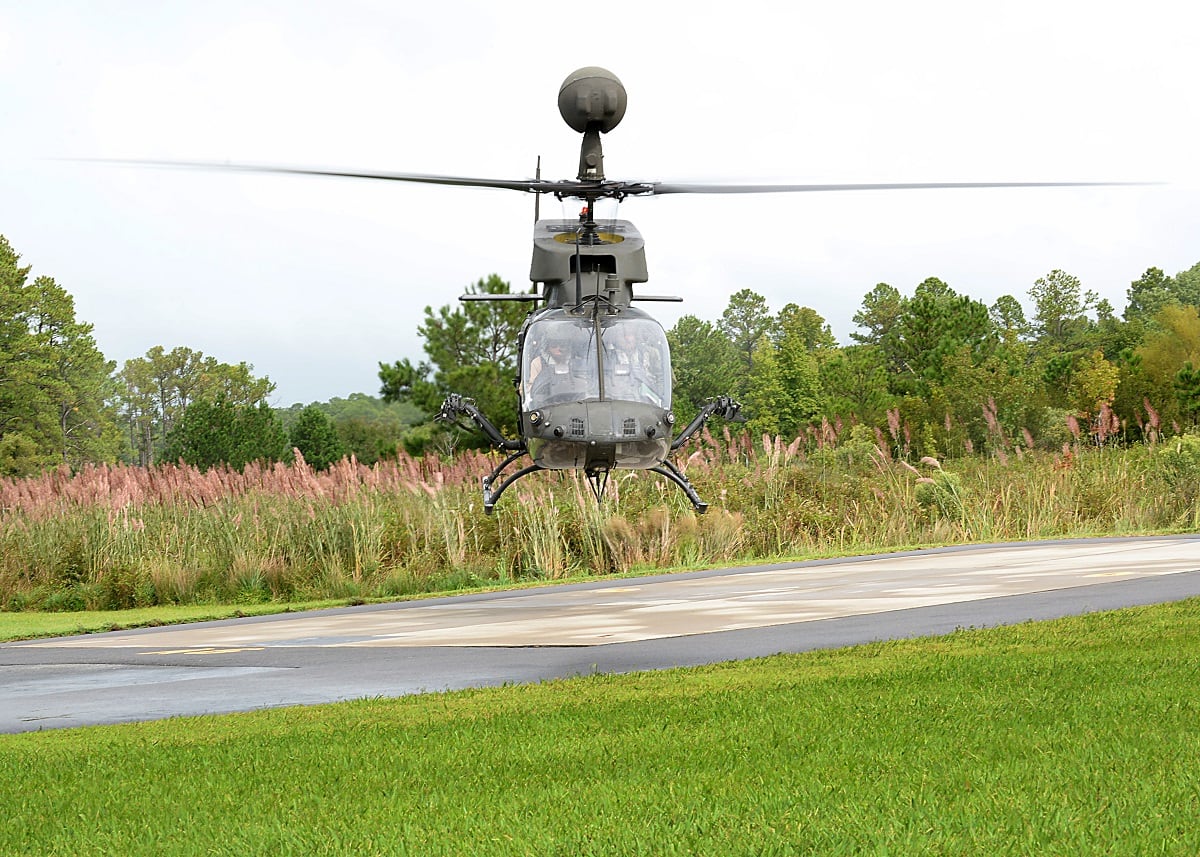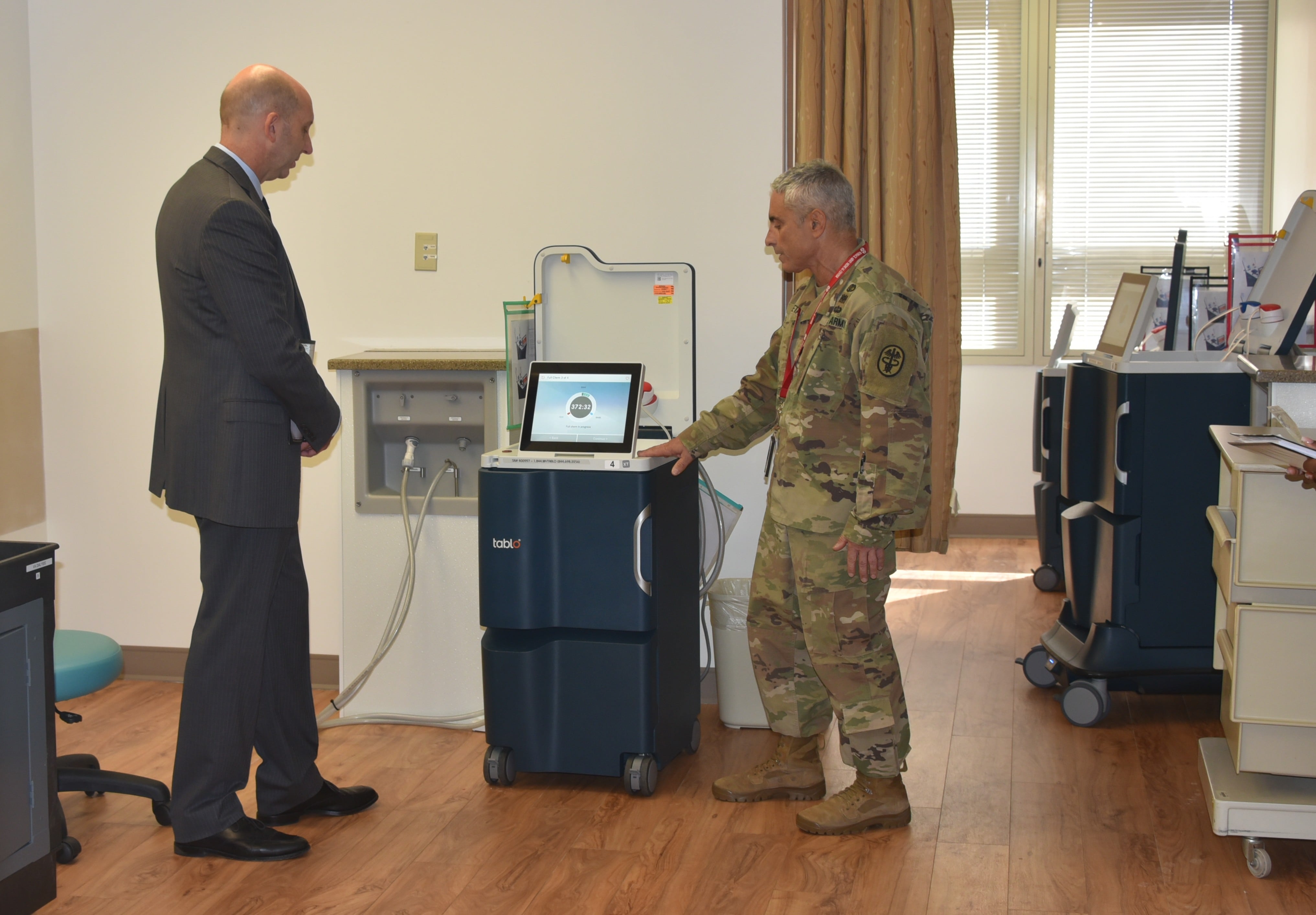NASHVILLE, Tenn. ― When the U.S. Army buys a Future Vertical Lift aircraft, as it has been planning to do for many years, cost will be a major factor in what is ultimately chosen for the fleet, according to the service’s vice chief of staff.
“The Army cannot afford to squander its finite resources. I know we have a good budget, but we can’t always assume that is the way it’s going to be in the future and risk our institutional credibility on massive programs that over-promise, under-deliver and die out under [their] own fiscal weight,” Gen. James McConville said during an April 26 speech kicking off the Army Aviation Association of America’s annual summit.
He stressed the importance of the price tag several times to reporters during a media roundtable at the event.
Click here to find out more about what’s next for U.S. Army aviation from the 2018 AAAA conference.
The Army has been taking steps toward procuring a new family of FVL aircraft with the aim of initially fielding in the 2030 time frame. The service has already built demonstrator aircraft to help define its requirements.
Both industry and Army leadership want to move more quickly in procuring capability to start replacing the current aging fleet of helicopters, but that will be contingent on when technology is ready ― and more importantly, when it’s ready at a price that the Army can afford, McConville told reporters during a briefing shortly after his speech.
“Cost matters, that is the driving thing as we look into the future,” he said. “We want to make sure when the technology matures and we can field it at the right cost. That is when we will go ahead and make the move, make the decisions to bring on that capability.”
For McConville, that life cycle cost of the FVL aircraft would ideally be lower than what the Army pays to keep its current fleet flying.
“As I talk to industry, I’m saying, ‘Don’t bring us something that is very exquisite and very expensive because we can’t afford it as we go forward,’ and so we want something that is along the same lines of cost with what we have right now, and even better if it’s less expensive,” McConville said.
While much must still be decided when it comes to FVL procurement, the Army has been weighing two major options for buying the new aircraft: prioritize the procurement of medium-lift aircraft to replace UH-60 Black Hawk and AH-64 Apaches, or buy an armed reconnaissance helicopter to fill the gap left from the OH-48 Kiowa Warrior’s 2014 retirement.
The Army still expects it will start fielding FVL aircraft in the early 2030s, but accelerating the timeline is not off the table.
“What we are doing right now is we are looking at the timeline, working with industry to see when they can get us the technology that is much more capable … certainly more capable right now,” McConville said. “And when they can deliver that with confidence then we will be in a position to make a decision on how we field that new rotorcraft or whatever that thing is and how we slowly do that over the years as the other aircraft go ahead and attrit out of the system.”
Jen Judson is an award-winning journalist covering land warfare for Defense News. She has also worked for Politico and Inside Defense. She holds a Master of Science degree in journalism from Boston University and a Bachelor of Arts degree from Kenyon College.





